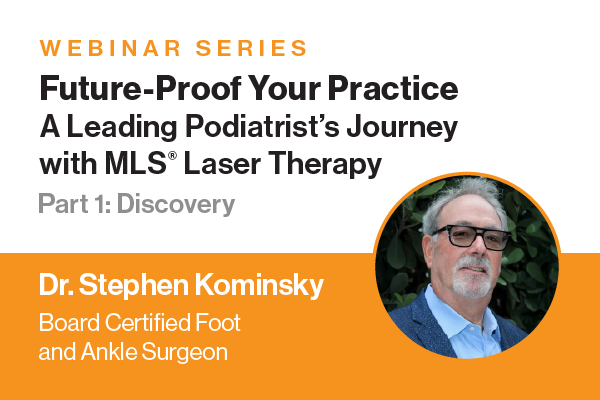As we learn more about COVID-19, we continue to recognize new at-risk communities. A new focus on the intersection between the opioid crisis and the coronavirus pandemic has surfaced.
People who use high-doses of medically prescribed opioids and those with opioid use disorder are likely to be at an increased risk of catching COVID-19 and experiencing more severe symptoms due to the drug’s effects on respiratory health.
The pandemic is causing a rise in drug relapses and, according to Harvard Health, individuals with substance use disorders are also more likely to experience homelessness, poverty or incarceration; All circumstances posing unique challenges regarding the transmission of COVID-19. Additionally, stay-at-home orders have made it difficult for people to seek in-person addiction treatment.
However, laws requiring patients to have in-person visits to receive prescription drugs to suppress withdrawal symptoms have been suspended as a result of the national emergency declared in March. Instead, patients are now able to receive these prescriptions through telemedicine.
While this will likely be temporary, changes in this policy are long overdue according to some addiction experts. Especially considering that 40% of U.S. counties experience shortages of physicians eligible to prescribe these medications, many have been advocating for expanded prescription accessibility for addiction patients.
As health insurers across the country are beginning to cover telemedicine services, it is likely that more patients will begin to utilize this resource.
While it is undetermined which is more effective, studies show that addiction patients are just as likely to stay with telemedicine as in-person care. However, telemedicine has its limits and may not be the best option for those needing intensive inpatient care.
In an interview with NPR, Dr. Alyson Smith, an addiction specialist at Boulder Care, stated she hasn’t noticed any big differences between treating patients in-person versus video call. She is still able to ask questions and observe signs to determine if drugs are appropriate, such as pupil dilation.
In addition to being discreet, convenient and easily accessible, patients may also be more at ease and willing to open up to the provider while at home.



